Home> Company News> Effect of particle size of feed processing line on quality of growing pigs
- AddressNo.4087 SHAHEXI ROAD, TIAOQIAO DISTRICT,JINAN,CHINA
- Factory AddressNo.4087 SHAHEXI ROAD, TIAOQIAO DISTRICT,JINAN,CHINA
- Worktime9:00-18:00
- Phone(Working Time)0531-85064681
- Phone(Nonworking Time)86-18660125156
- Fax0531-85064682
Effect of particle size of feed processing line on quality of growing pigs
2018-11-06 11:09:55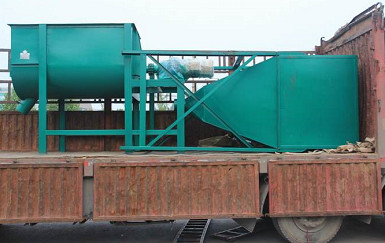
Effect of particle size of feed processing line on quality of growing pigs *The processing quality of pellet feed and the utilization efficiency of animal feed, but the energy consumption of grinding increases significantly with the decrease of particle size. Proper grinding size can not only improve the processing quality and feed utilization rate of pellet feed, but also avoid excessive grinding and reduce energy consumption. Microwave drying machinery and equipment can improve production efficiency .
At present, there are many studies on the particle size of * * weaning piglets at home and abroad. There is little research on the grain size of the growing pigs (30 * 70kg). This experiment studied the effect of particle size on the processing quality and growth performance of the growing pig pellets, and explored the suitable crushing granularity of the pellet feed for growing pigs. * to provide data support for the selection of grain size for growing pigs.
Sampling of feed samples
Each group was sampled three times at the outlet of crusher, granulator and cooler, each sampling interval was 5 minutes and each sampling interval was not less than 2 kg. Among them, no less than 5 kg was sampled after cooler, and 1 kg was retained by quartering method, stored in self-sealed bags, in refrigerator at 4 C and in crusher. Samples were obtained to determine the geometric average particle size. Starch gelatinization, particle hardness and crude protein digestibility in vitro were measured at the granulator and cooler.
Testing indexes and methods Each group was sampled three times at each sampling point. The logarithmic geometric mean particle size of the samples was measured by the fourteen-layer screening method in the National Standard 1986 "Feed Mill Test Method".
Starch gelatinization degree
Each group was sampled three times at each sampling point. The gelatinization degree of the samples was determined by a simple enzymatic method commonly used by the American feed industry to determine the gelatinization degree of starch.
Particle hardness
Each group was sampled three times at each sampling point, and the particle hardness of the sample was determined by referring to the "Method for Determining the Hardness of Pellet Feed in Feed Inspectors".
Protein digestibility in vitro
Determination of crude protein content by Kjeldahl method
The digestibility of crude protein in vitro was determined by Wang Weiguo et al
mm group and 3.0 mm group (P < 0.05), but there was no significant difference between 2.0 mm group and 2.0 mm group (P > 0.05). Particle hardness decreases with the increase of sieve aperture of grinder. Particle hardness of 1.5mm group is significantly higher than that of other groups (P < 0.05), while that of 2.0mm group is significantly higher than that of 3.0mm group (P < 0.05), but there is no significant difference between 2.0mm group and 2.5mm group.
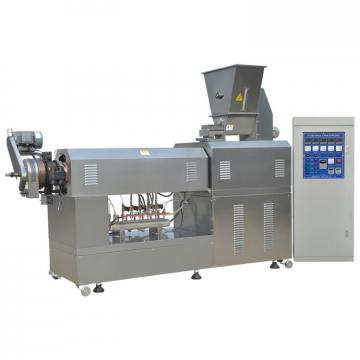 Factory Fruit and Vegetable Processing Machines/Quick Frozen Line/Food Processing Production Line for Daylily Production Line with High Output
Factory Fruit and Vegetable Processing Machines/Quick Frozen Line/Food Processing Production Line for Daylily Production Line with High Output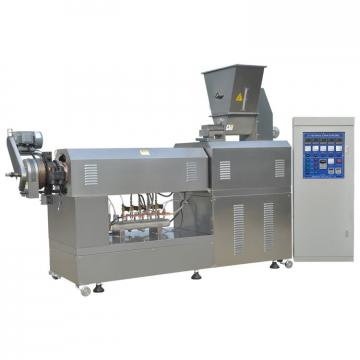 Factory Direct Sales PS Styrofoam Food Container Production Line
Factory Direct Sales PS Styrofoam Food Container Production Line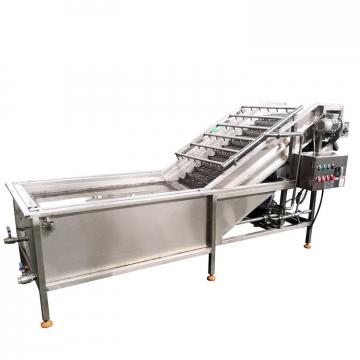 Complete Pure / Mineral Drinking Bottled Water Production Line Factory in Beverage / Food Area
Complete Pure / Mineral Drinking Bottled Water Production Line Factory in Beverage / Food Area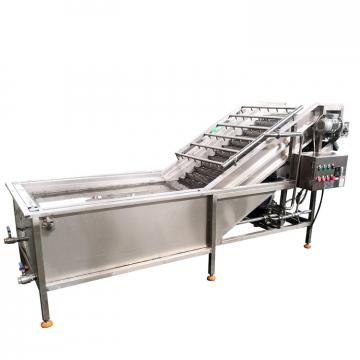 Cheetos Fried Food Production Factory Extruder Processing Line
Cheetos Fried Food Production Factory Extruder Processing Line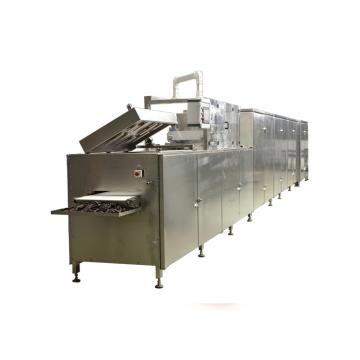 Automatic Mini Food Factory Macaroni Processing Line Pasta Production Line
Automatic Mini Food Factory Macaroni Processing Line Pasta Production Line
